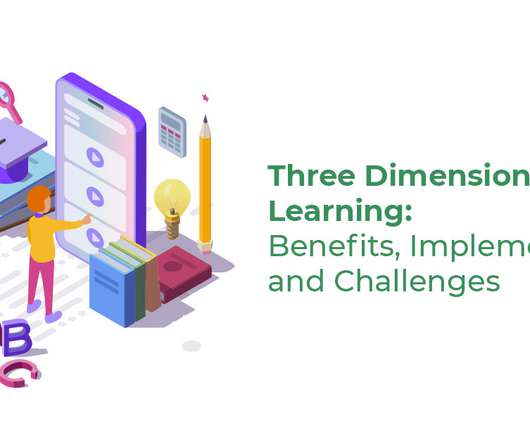Augmented Reality (AR) in Education: Transforming K12 for the Digital Age
Hurix Digital
FEBRUARY 20, 2024
AR’s ability to overlay digital content onto the physical world holds immense potential to bridge the gap between traditional pedagogy and the changing needs of modern learners. Let’s have a look at some of the most innovative and effective use cases of Augmented Reality in education: 1.
















Let's personalize your content